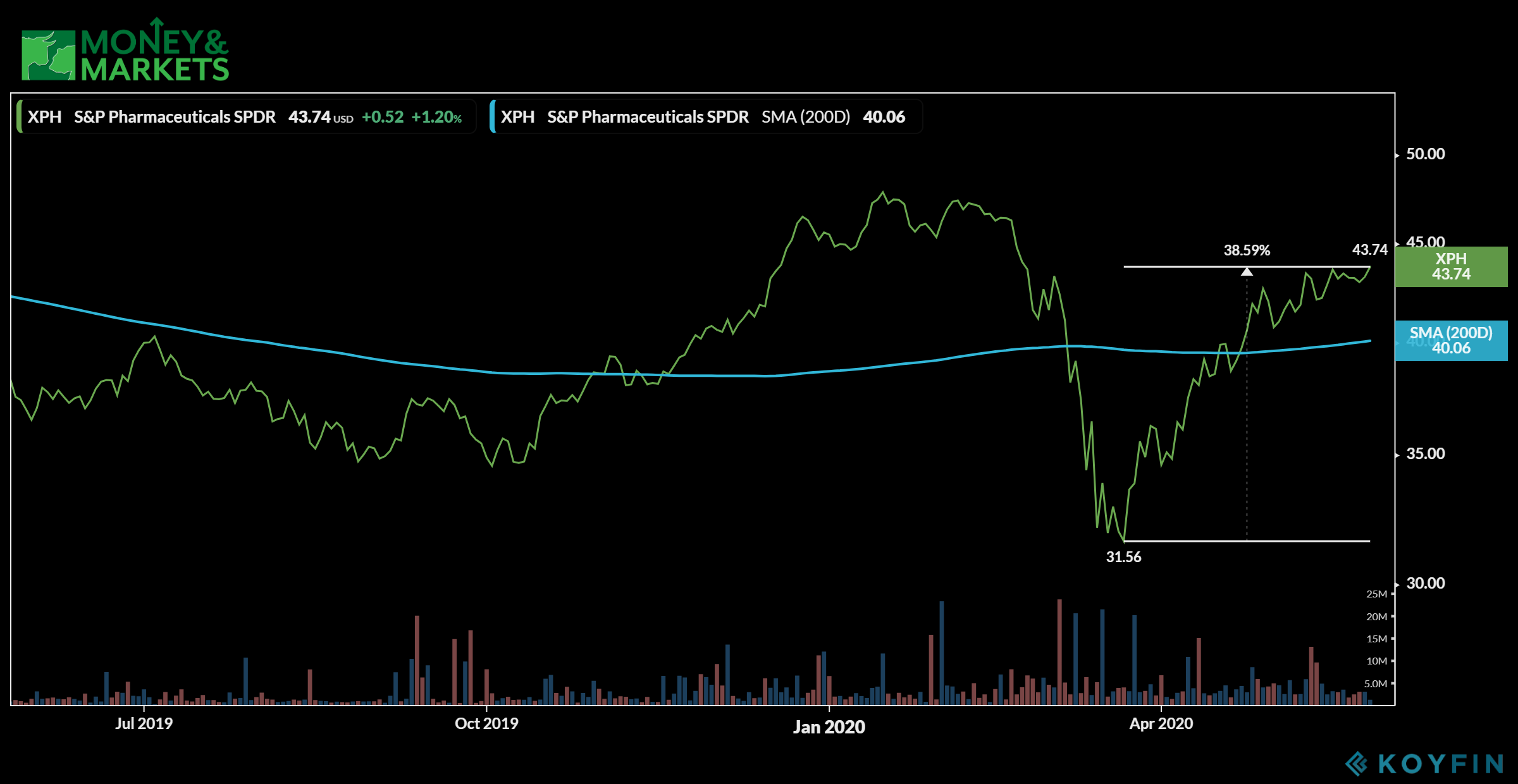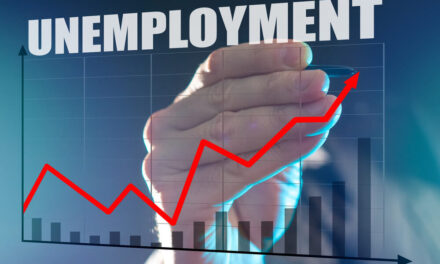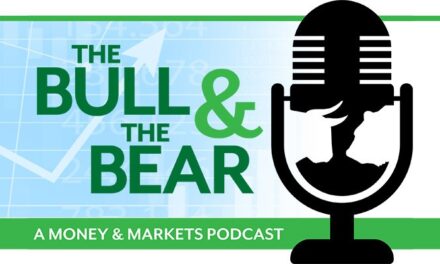For the majority of 2019, the S&P 500 outperformed the pharmaceutical sector.
And it really wasn’t even close.
But then something happened.
The coronavirus.
This new virus has held a firm grip on the global economy as well as how we live our daily lives. Even today, millions around the world remain locked down.
Think of this like the SARS outbreak in the early 2000s or the fight against AIDS that started back in the 1980s.
Back then, pharmaceutical companies were racing to find a vaccine, a test, anything that would help curb the spread of the devastating diseases.
Fast-forward to 2020, and the COVID-19 pandemic has us in a similar situation.
No matter the size, dozens of pharmaceutical companies are racing to find a cure or a vaccine for a virus that has already killed hundreds of thousands around the world while infecting many more.
The Pharmaceutical Stock Boom
As you can see, the pharmaceutical sector spent a good portion of 2019 getting its returns hammered by the benchmark S&P 500.
That all changed in January 2020 when the coronavirus was first discovered in the Wuhan province of China.
Since then, the race has been on for pharmaceutical companies looking to combat the outbreak via vaccine.
Research escalated rapidly once the virus was declared a global pandemic.
Pressure from governments and health officials have put pharmaceutical companies into research and development overdrive to find a vaccine.
From rolling out drugs used for other illnesses to the R&D of a potential new drug, companies have rolled out potential solutions with lightning quickness.
And that has driven stock prices up, even when the market should otherwise be down.
Now the pharmaceutical sector is looking at annual returns of nearly 13% compared to just 9% for the rest of the S&P 500.
That’s not likely to change even when a drug emerges with a verifiable cure.
Whichever company finds the vaccine will likely need to partner with others for delivery and distribution of the medicine to every corner of the globe.
And it’s not going to stop other companies from continuing to develop other medical preventative measures against potentially different strains of the coronavirus.
How You Can Play the Boom in Pharmaceutical Stocks
Getting into individual pharmaceutical stocks can be a risky venture.
The sector is volatile and subject to rapid moves.
So, if looking at individual companies is the direction you want to go, make sure to check everything out before you buy. You want to look at the financials of the company as well as learning its background with the Food and Drug Administration, and what products it is currently researching and developing.
But there is one way you can invest in pharmaceutical stocks without the massive amount of legwork you need to find that one company you want to buy.
The S&P Pharmaceuticals SPDR ETF (NYSEARCA: XPH) tracks the aforementioned S&P Pharmaceuticals Select Index and is managed by State Street Global Advisors.

Since suffering a drop in March 2020, XPH has risen 38% higher to move above its 200-day moving average, an important metric. However, it’s still short of its previous high set back in mid-January 2020.
It comes with a relatively low management fee of 0.35% and an annual dividend yield of 0.68%. Its most recent dividend payment to shareholders was $0.07 per share — a slight increase from the previous quarter’s payout.
XPH carries some of the biggest pharmaceutical companies in its portfolio, including Johnson & Johnson (NYSE: JNJ), Eli Lilly and Co. (NYSE: LLY) and Pfizer Inc. (NYSE: PFE).
The pharmaceutical industry is volatile and these are certainly different times in the stock market. If you buy into XPH, you will want to keep a close eye on it.
This is not likely a buy-and-hold stock. But it does give you a lot of exposure to pharmaceutical stocks and can earn solid gains for investors in the near-term.





